Bird of the Year 2026: Prediction and our favorites
The vote for Bird of the Year 2026 is already casting its shadow. All over Germany, nature lovers - from families with children to amateur gardeners - are eagerly awaiting the next bird of the year.
No wonder, as this traditional title has been awarded by the German Nature and Biodiversity Conservation Union (NABU) and the State Association for the Protection of Birds (LBV) for over 50 years to draw attention to bird conservation. One Overview of all previous Birds of the Year can be found in a separate blog post.
For several years now, the public has been able to vote online, which awakens the joy of nature observation in many people: observing local birds together in the garden or park, keeping their fingers crossed for the candidates and learning a lot about our feathered friends along the way. In this blog article, we take a look back at the 2025 election and give an outlook on possible favorites for 2026 - including our team's personal favorites and tips on how all bird lovers can take part.
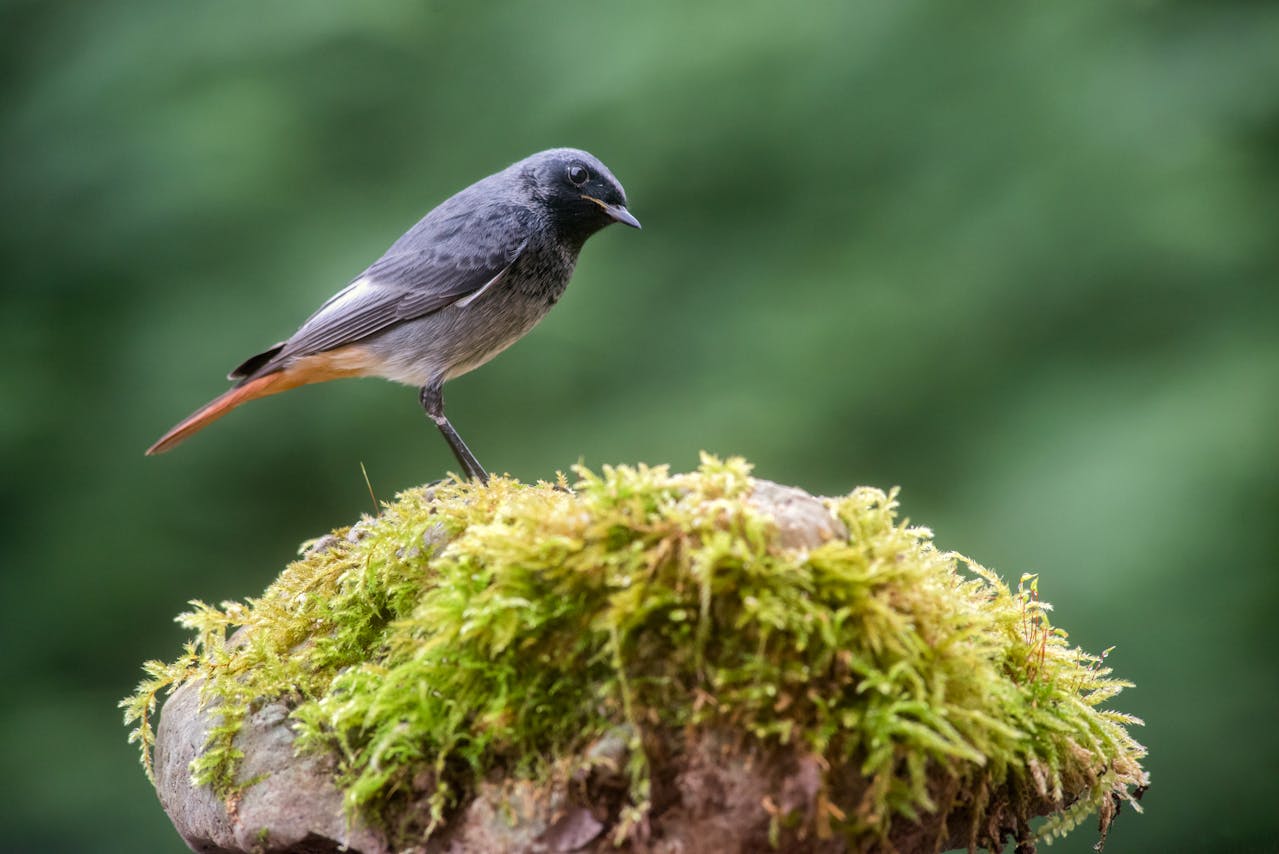
Looking back at 2025: The black redstart and the close decision
Bird of the Year 2025 was the black redstart - a small native songbird that is familiar to many garden owners. With its rust-red tail and cheerful trilling song, the black redstart can often be found in settlements and gardens. In the public online vote, it narrowly beat its strongest competitor with around 30% of the votes: The long-eared owl landed in second place with around 28%. It was followed by the black woodpecker, black stork and crane. NABU and LBV were delighted to announce that over 140,000 people took part in the vote this time - more than ever before. This shows how much birds in the garden and in the great outdoors inspire and move people.
Outlook for 2026: Possible candidates and predictions
All eyes are now on the 2026 Bird of the Year vote. The candidates have not yet been officially announced - NABU and LBV will only present five new proposals in late summer. But the anticipation and guesswork have long since begun: Which native bird species has a good chance this time? The selection of recent years shows that very different types of birds are nominated - from garden birds to forest and meadow birds to waterfowl. The important thing is that each candidate puts a conservation issue in the spotlight.
There are already some favorites for 2026 in nature circles. Here are a few species that are frequently mentioned and why they deserve it:
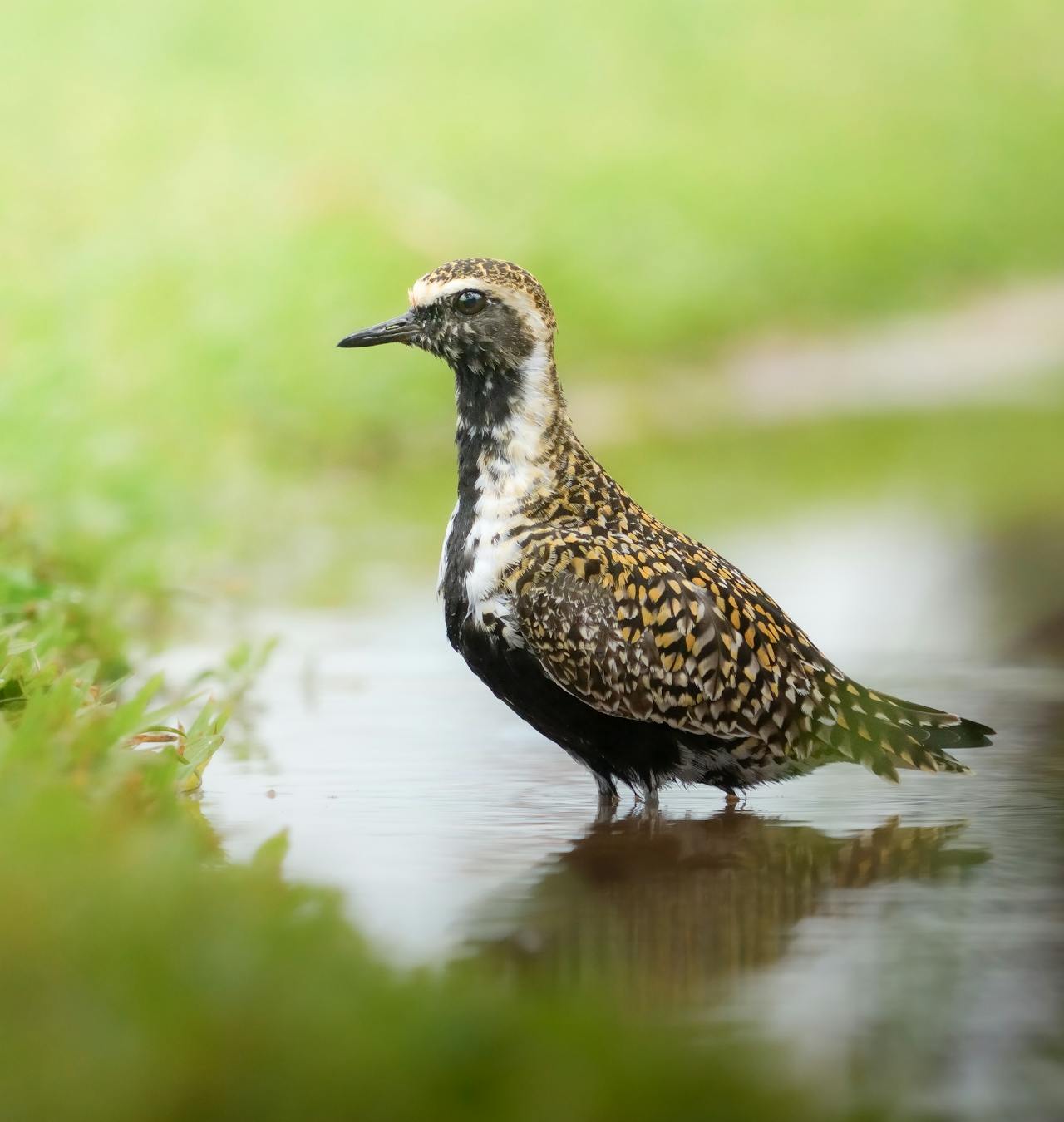
Caption
Golden plover
A rare migratory bird of moors and wet meadows. Its breeding population in Germany has dwindled to tiny remnant areas, which is why moorland and climate protection are urgently needed. Many bird lovers have been hoping for the golden plover as the bird of the year for years in order to save the last raised bogs.
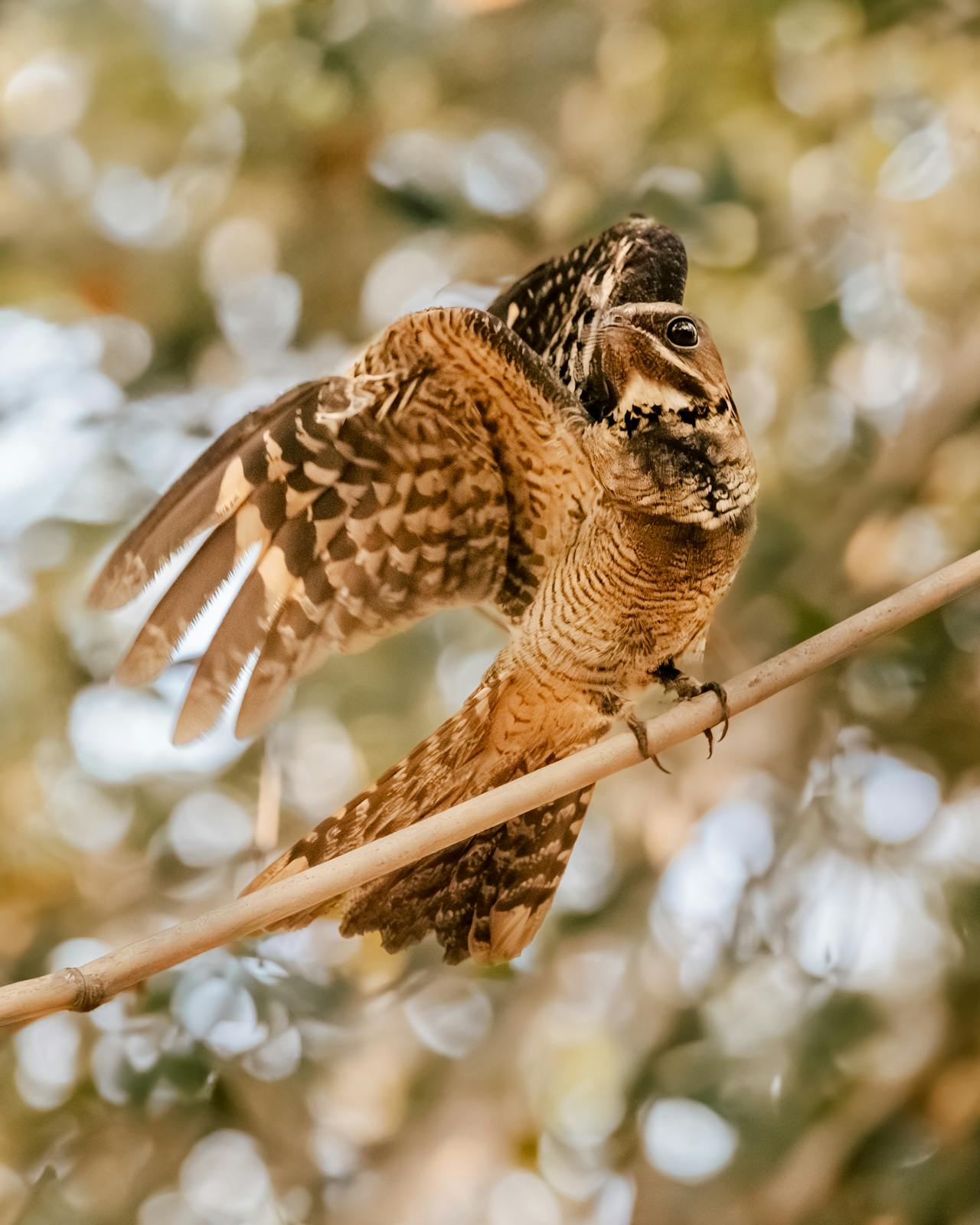
Caption
Nightjar
A nocturnal bird of heathland and sparse forests, with camouflage-colored plumage and a mysterious call. As a twilight insect hunter, it suffers from habitat loss and disturbance. Its selection would draw attention to the threatened open land habitats that also benefit many insects and other animals.

Caption
Wryneck
A relative of the woodpecker that likes to live in old orchards. The wryneck is a migratory bird and specializes in ants as food. It has become rare due to the intensification of agriculture and the disappearance of traditional orchards. As Bird of the Year, it could promote species-rich, near-natural gardens with old trees and combat insect decline.
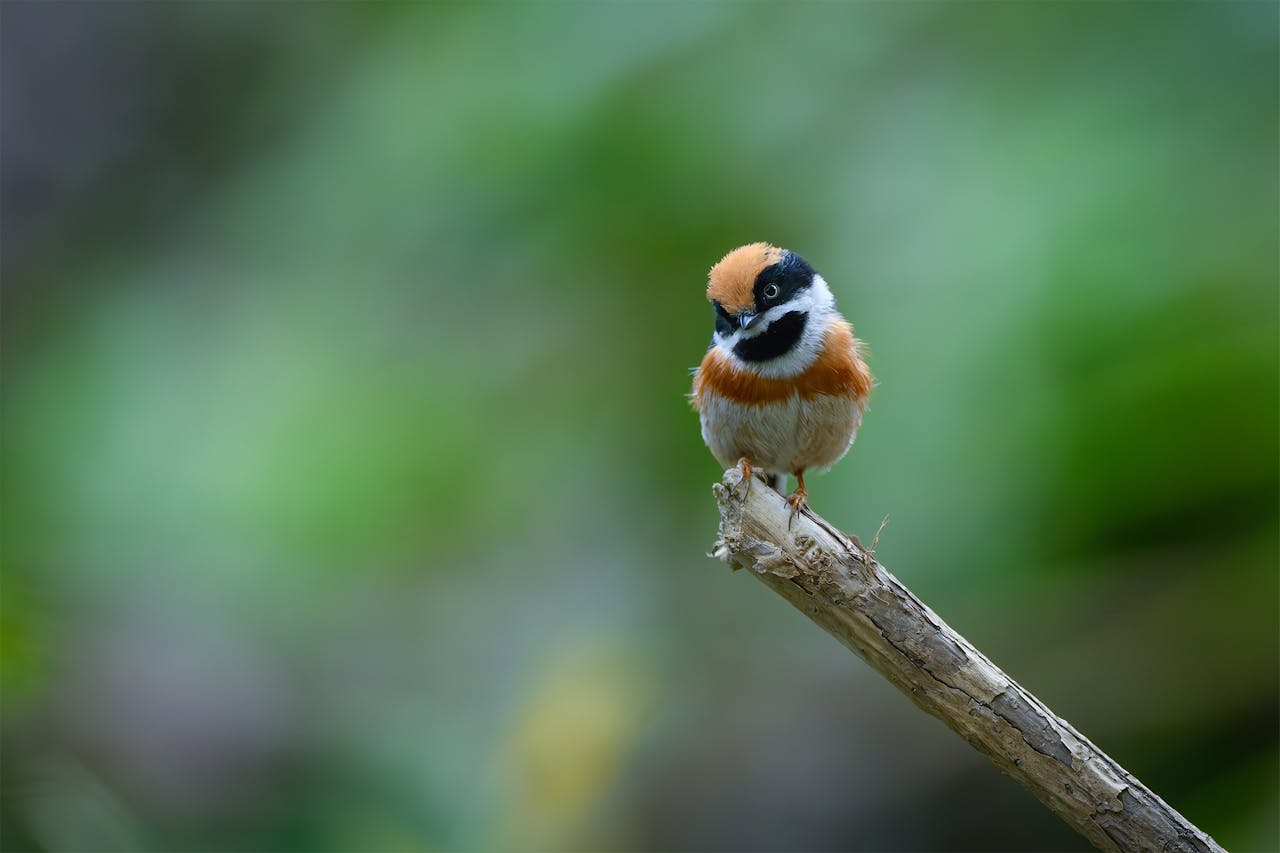
Caption
Penduline Tit
A small marsh tit, known for its elaborate hanging nests made of plant fibers (hence the name "marsupial" tit). It inhabits reedbeds and riparian forests along bodies of water. Their freestyle would focus on the protection of riparian zones and natural river courses - habitats that also benefit many other animals.
Of course, there are other possible candidates - from the lesser spotted woodpecker (our smallest woodpecker) to the dipper (the "diver" among songbirds). It will be interesting to see which five species NABU and LBV will ultimately enter into the race. One thing is certain: once again, both well-known native bird species and hidden treasures of nature will be included. In autumn 2025, everyone will once again be able to vote online and support their personal favorite. Perhaps this time it will be a bird that has long been on the "waiting list"?
Bird of the Year 2026 - Our favorites from birdhouse-with-camera

Hawfinch - Peter's personal favorite
For Peter, the hawfinch is the secret star among our garden birds. The powerful finch with its impressive beak can crack even hard cherry stones and looks almost majestic with its distinctive head. Although it tends to live in hiding, it can occasionally be seen at feeders in winter. Peter particularly appreciates its quiet presence and powerful appearance - a symbol of diversity and old, natural gardens.
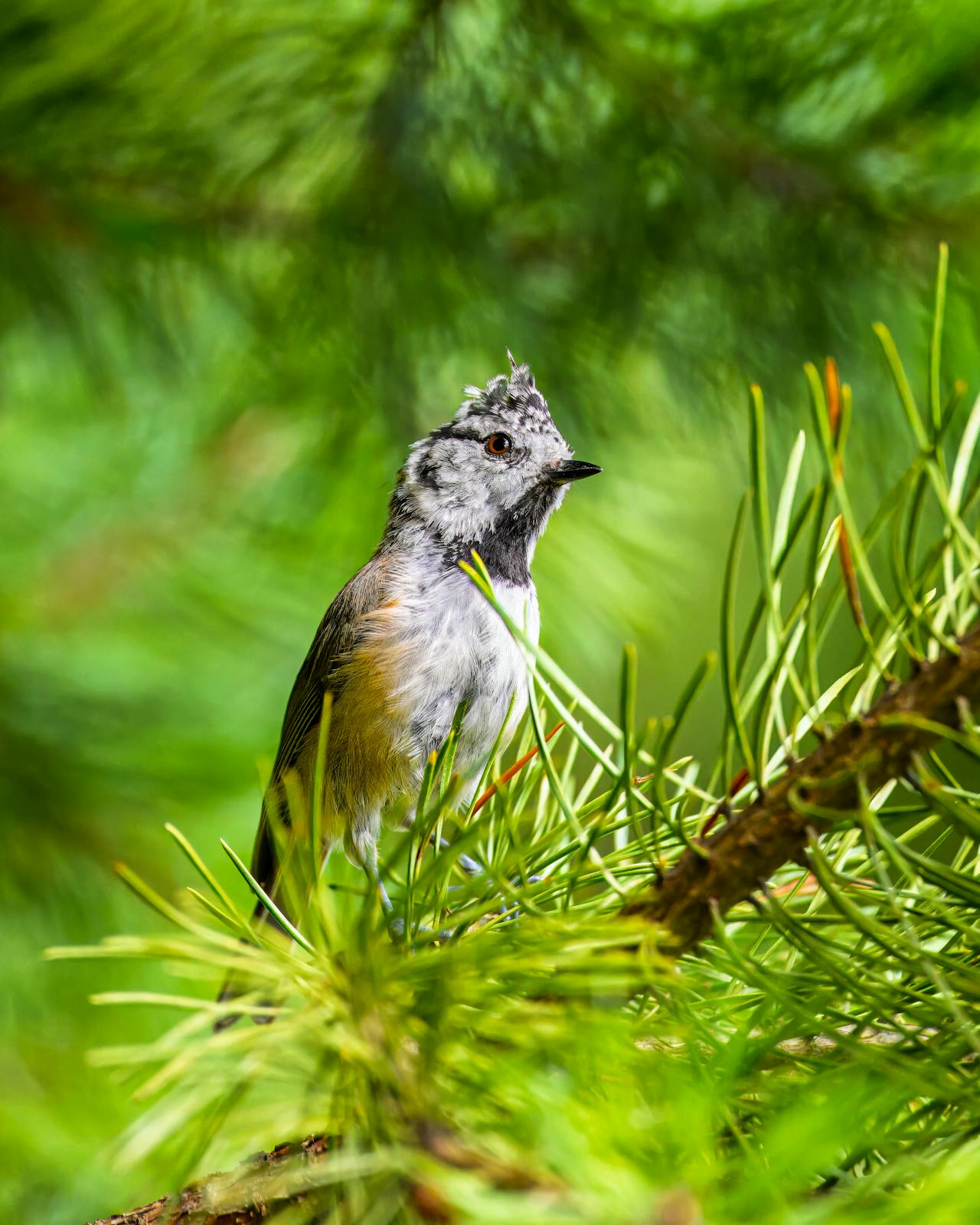
Crested tit - Sandra's favorite
Sandra from our team is particularly enthusiastic about the crested tit - a small tit with a striking feathered cap and a lively nature. It lives mainly in coniferous forests and climbs skillfully along spruce and pine trees. In winter, it also ventures to feeders in gardens close to the forest. Sandra appreciates its mixture of curiosity and reserve - once you've spotted it, you won't soon forget the "punk tit" with the cheeky mop of hair. As Bird of the Year, it would stand for the preservation of near-natural forests and green spaces.

Kingfisher - Christopher's favorite
Christophers (and at the same time the author of this article! 😊) heart beats for the kingfisher - even though it was already Bird of the Year in 1973 and 2009. For him, the colorful "flying gem" is a symbol of how close real natural wonders can be - if you look closely. Especially in times of climate change and endangered waters, the kingfisher is more relevant than ever: it stands for the protection of clean, near-natural river landscapes.
Christopher says: "If any bird should be honored a second (or third!) time, it should be the kingfisher - because it not only enchants us, but also reminds us how valuable our nature is.
Join in & protect birds: Your contribution counts
Voting for Bird of the Year is more than just a nice tradition - it invites us all to take an active stand for nature conservation. When the public vote starts in September 2025, you can cast your vote and show that you care about our native birds. Whether as a family, with children or among friends: Voting is a great opportunity to start a conversation about nature together.
But there are also many ways to support birds outside of the election - for example with native plants, nesting boxes, natural gardens or a feeding station in winter. Every contribution counts!
We are already excited to see who will take the throne in 2026: will it be one of the experts' favorites? One of the favorites from our birdhouse-with-camera-team? Or a completely surprising winner?
As soon as the voting starts, we will of course let you know here on the blog. And until then, we look forward to your personal tips: Which bird do you think deserves the award - and why?
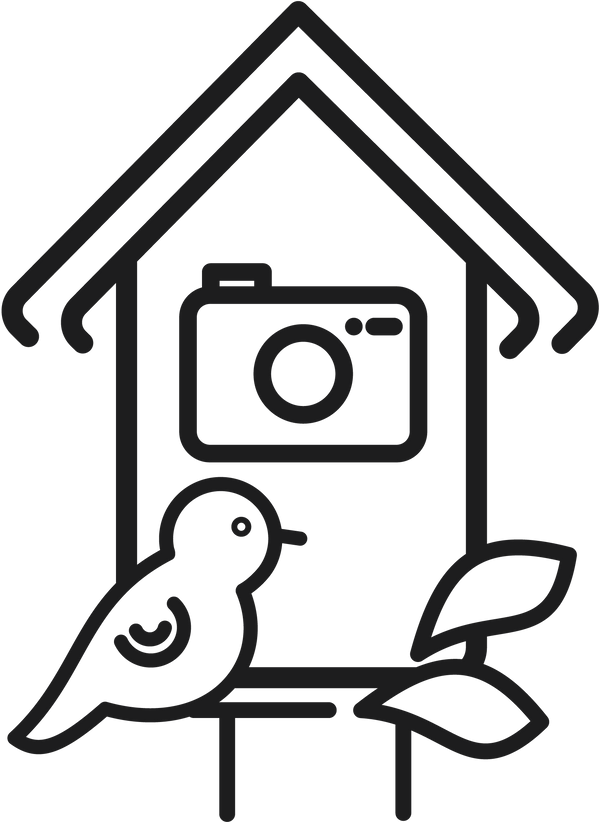
2 Comments
Hallo Elsterfreund,
vielen lieben Dank für deinen tollen Kommentar! 😊 Es freut uns sehr, dass dir der Beitrag gefallen hat – und du bringst es schön auf den Punkt: Der Wendehals und der Ziegenmelker sind wirklich spannende Arten mit wichtigen Botschaften. Wir sind ebenfalls gespannt, ob sie es auf die Kandidatenliste schaffen. Und bis dahin: Weiter beobachten, entdecken und natürlich mitfiebern! 🐦🌿
Viele Grüße
Christopher vom Team Vogelhaus-mit-Kamera.com
Vielen Dank für den spannenden Ausblick auf die Wahl zum Vogel des Jahres 2026! Es ist jedes Jahr wieder schön zu sehen, wie viel Aufmerksamkeit und Herzblut in dieses Projekt fließt – sowohl von Seiten des NABU/LBV als auch von der begeisterten Community. Besonders die Auswahl möglicher Kandidaten hat mir gut gefallen. Der Wendehals und der Ziegenmelker wären aus meiner Sicht tolle Botschafter für mehr Artenvielfalt und Lebensraumschutz – beide faszinierende, aber leider oft übersehene Vögel. Auch die persönlichen Favoriten eures Teams machen den Beitrag lebendig und zeigen, wie emotional der Bezug zu „unseren“ Vögeln sein kann. Ich freue mich schon auf die offizielle Kandidatenliste im Herbst – und natürlich aufs Mitwählen! 🐦🌿